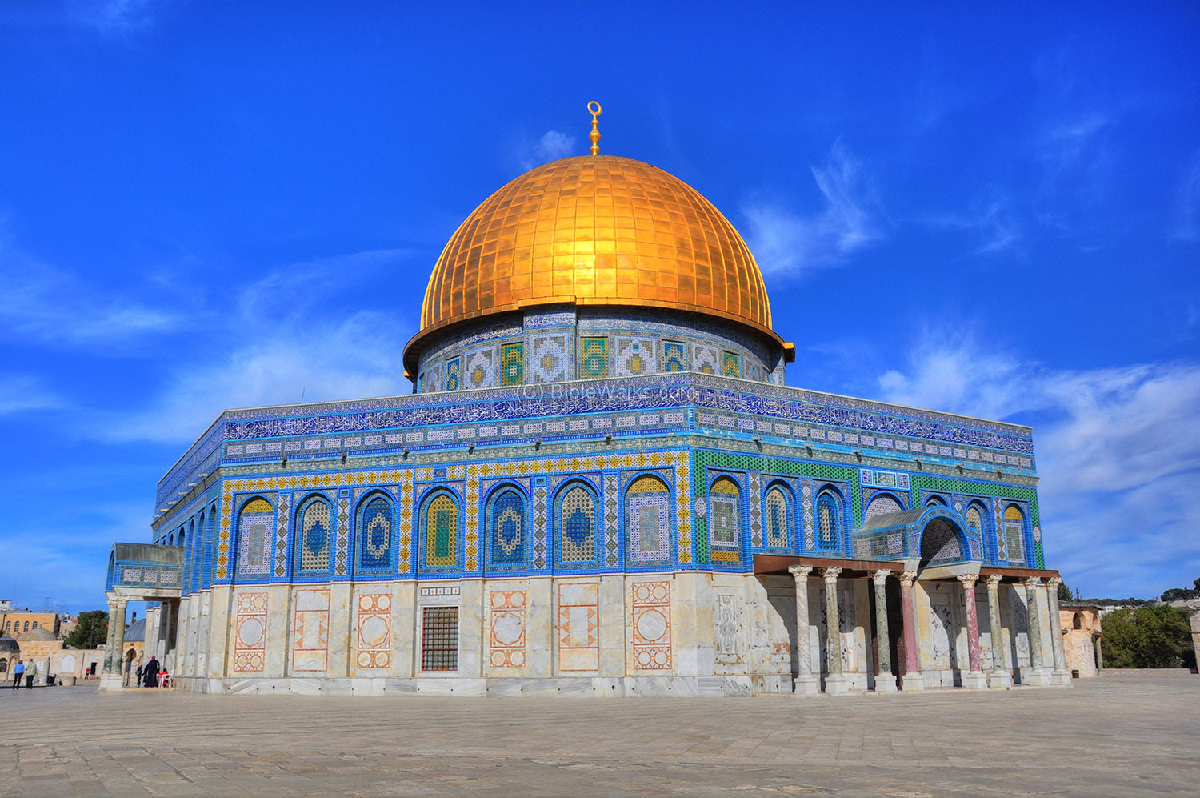Visual Cultures of Islam

Cross listed with MIDEAST and ISLAM 285.001
This course examines the visual cultures of Islam around the world from the 7th century to today. Beginning with a discussion of Islam, Muhammad, the Qur'an, and a definition of "Islamic" art, we explore the roles and meanings of demarcating divine topography as visible in the Ka'ba in Mecca and the Dome of the Rock in Jerusalem. The rapid spread of Islam to the east and west during the 9th- 11th centuries created a new vocabulary for Islamic art and architecture, fusing pre-existing Byzantine and Persian models with Islamic innovations. We thus explore mosque and palace complexes in North Africa and southern Spain as well as in Mesopotamia and Central Asia. During the Crusades, Islam came into close contact with Europe, resulting in fascinating hybrid objects and architecture that call into question the simplistic division of "East" and "West." From the 15th to the 17th century, the three so-called gunpowder states of Anatolia (the Ottomans), Persia (the Safavids), and the Indian Subcontinent (the Mughals) created new concepts of empire, wealth, and administration in the imperial cities of Istanbul, Isfahan, and Agra. Finally, the efflorescence of visual culture in the modern era will be addressed in order to gauge the socio-political purposes of images in the contemporary Islamic world.
Textbooks/Other Materials: All readings available as PDFs uploaded to Canvas.
Course Requirements:
Intended Audience: Undergraduate students at all levels
Class Format: Two 80-minute lectures per week
Estimated Cost of Materials: $0
HISTART Distribution Requirements:: Middle East and Asia, Medieval and Early Modern
Keywords: Islam, Crusades, artistic exchange, gunpowder empires